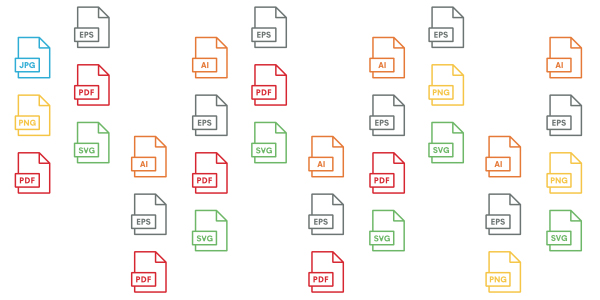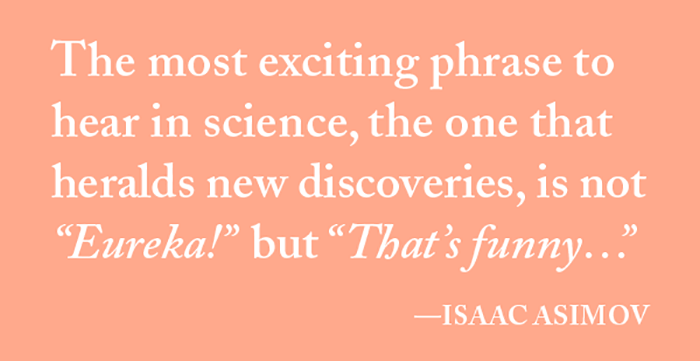Search
When?
-
The ultimate breakdown of file formats
23 April 2021 
Project assets and other visuals are saved out in many different file formats. Understanding these enables our clients correctly save, send, and manage files, but this is not always easy!
Therefore, we have prepared the PDF (= universal file format) below that clearly sums everything up at-a-glance. We have been told that this is a useful reference...
It is always also really useful to understand that all file types can be classified one of two ways:
1. Raster
Raster images are made up of pixels, or little squares of colour. The pixels have a defined size depending on the resolution/quality of your image: high resolution has more pixels than low resolution. It is impossible to resize raster images without compromising their resolution/quality if you are moving from a smaller to a larger file.
2. Vector
Vector images resolve this resizing issue. They are constructed with proportional formulas instead of pixels. A vector image can be made as large as you like without looking pixelated and without compromising the resolution/quality.
https://www.mothandrust.co.uk/files/File-Formats-At-A-Glance.pdf
Et voila!
Posted in: design -
Caslon, Benjamin Franklin’s go-to typeface
9 April 2021 
The "Caslon," typeface was designed by William Caslon I (1692–1766,) Britain's first and most celebrated typefounder. Caslon is used to set the quote above.
Ironically, rather than using an American font, the first printed version of the United States Declaration of Independence is set in Caslon. This may have been the influence of Benjamin Franklin. Not only was he a scientist and one of the founding fathers of the United States of America—he was also a printer. He loved the fonts made by William Caslon so much that he hardly used anything else.
Caslon has been revived at various times over the past 300 years, and it continues to be a standard in typography even to this day. Here at MOTHandRUST, it is one of our favourites. It is perfect for something timeless; it will never look dated. It is versatile and can work for most applications. For a more current look, it pairs nicely with modern typefaces. And it’s just beautiful.
Posted in: typography